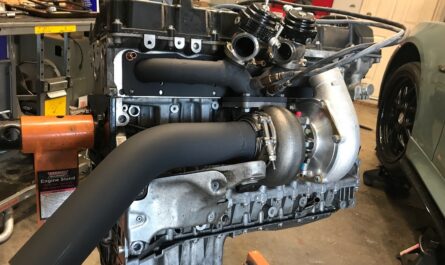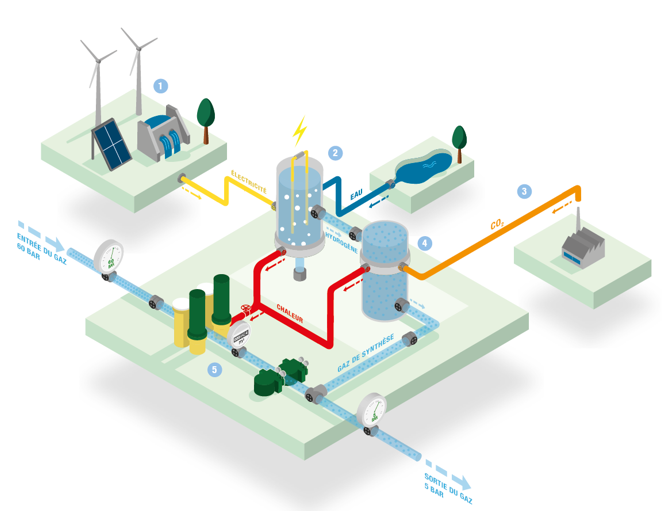Ceramics have been an integral part of human civilization for centuries, ranging from household items to structural materials. However, modern materials science has taken ceramics to an advanced level by developing complex compositions and microstructures that endow them with tailored properties. Known as advanced ceramics, these novel materials are driving innovation across various industries from aerospace to energy to biomedical.
Technical Advances in Ceramic Materials
Traditional ceramics like clay pots and bricks rely on silicate bonds to provide hardness and strength. However, modern processing techniques allow precise control over composition and microstructure at an atomic scale. Methods like self-propagating high-temperature synthesis (SHS), pulsed laser deposition (PLD), and chemical vapor deposition (CVD) facilitate doping Advanced Ceramics with metallic and non-metallic elements. This results in sophisticated bond architectures beyond silicates, including metallic, covalent and ionic configurations.
Engineered powder processing via techniques such as hot pressing and spark plasma sintering further enhances densification for achieving near-theoretical densities. Such advances have led to the development of novel classes of ceramics like carbides, nitrides, borides and aluminides with unparalleled properties. For example, silicon carbide (SiC) exhibits extreme hardness (9 on Mohs scale), strength and chemical inertness. Silicon nitride (Si3N4) and aluminium nitride (AlN) display excellent thermal conductivity as well as resistance to thermal shock. New classes of oxides have enabled transformative applications in energy storage and electronics.
Advanced Ceramics in Aerospace Engineering
The aviation and aerospace sectors have been at the forefront of ceramic adoption driven by the need for high-performance materials. Ceramic matrix composites (CMCs) using silicon carbide or carbon fibers have replaced metals in jet engine turbine components such as combustor liners. CMCs can withstand 1000°C temperatures while offering up to 40% lower weight than nickel superalloys. This substantially improves fuel efficiency. Densified tungsten heavy alloys are finding increasing usage in aerospace braking systems owing to unrivalled strength and wear resistance at high temperatures.
Aluminium nitride is another emerging ceramic being developed as an electrical insulator in power electric systems for aircraft and spacecraft. Its superior thermal conductivity enables efficient heat transfer from power sources. The introduction of advanced ceramics has not only improved propulsion and power delivery systems but also aircraft structures. Composite panels using Cf/Al2O3 are being developed for next-gen hypersonic vehicles and passenger aircraft due to the lightweight yet damage-tolerant design. The ceramic matrix reduces wear and extends component lifetimes. This is revolutionizing aerospace engineering.
Automotive and Transportation Applications
Advanced ceramics are making inroads into the automotive industry as well. Aluminium nitride is gaining prominence as a thermal management material for electric vehicle (EV) batteries and onboard chargers owing to its high thermal conductivity. Continuous SiC fiber reinforced SiC composites hold promise for lightweighting vehicle drive systems by replacing heavy iron-based components. These CMC brake discs demonstrate low wear rates and do not face issues of corrosion or cracking even at high temperatures.
Silicon nitride is being evaluated for engine components like turbocharger rotors that require optimized heat transfer and strength. Metal nitrides and carbides have enabled reduction of moving parts in transmissions by replacing lubricated gears with robust dry-running journals. This improves reliability. Non-oxide ceramics are finding increasing usage in automotive sensors as well as wear-reducing coatings for engine parts. Advanced ceramic seals exhibit greater tolerance to harsh operating conditions. Overall, novel ceramics will play a transformative role in mobility technologies of tomorrow.
Bioceramics for Healthcare Applications
Biomedical engineering is another sphere that is leveraging unique properties of Advanced Ceramics. Calcium phosphates and hydroxyapatites are being bioactively coated on metallic implants to promote osteointegration and mitigate stress-shielding effects. Fiber-reinforced SiC composites hold promise in developing robust orthopedic implants.
Aluminium oxide ceramics form the basis of various dental restorations like crowns and bridges due to their aesthetic appeal and biocompatibility. Neural implants and biosensors often rely on resilient ceramics coated with iridium oxide to interface with brain and nerve tissues. Alumina and titania are being tested as reinforcing phases in bioresorbable composites for fractured bone repair. Meanwhile silicon nitride finds usage in surgical tools and components that demand super strength, wear-resistance and sterilisability.
Advanced dielectrics for Electronics and Energy Storage
The electronics sector has increasingly adopted advanced non-oxide and oxide ceramics like aluminium nitride, aluminium oxide and zirconium oxide for insulating layers in miniaturized devices including integrated circuits, memory chips and power modules. These exhibit high electric resistance, low dielectric losses as well as optimized heat dissipation even at nanoscale dimensions.
Lithium-ion batteries constitute another area where ceramics play a vital role. Lithium titanates and fluoridisilicates form the basis of high power anodes that offer enhanced safety. Meanwhile, layered metal oxides like lithium cobalt oxide and lithium iron phosphate function as cathode active materials. Novel composite electrodes using graphene-ceramic nanocomposites aim to boost energy and power density further.
All-solid-state lithium batteries represent the next frontier where advanced electrolyte ceramics could replace flammable organic liquid electrolytes. Fast ion conductors like lithium lanthanum zirconate and lithium phosphorus oxynitride are actively being investigated. Other promising applications lie in solid oxide fuel cells, electrochemical sensors and supercapacitors. These highlight ceramics as cornerstone materials for next-gen energy and information technologies.
Advanced materials science coupled with precision manufacturing has elevated the science of ceramics to unprecedented levels. Tailored microstructures have yielded materials with unparalleled properties like extreme hardness, wear-resistance, strength and thermal management ability. These novel ceramics are enabling disruptive innovations across strategic industries from aerospace to transportation, healthcare to electronics.
*Note:
1. Source: Coherent Market Insights, Public sources, Desk research
2. We have leveraged AI tools to mine information and compile it




